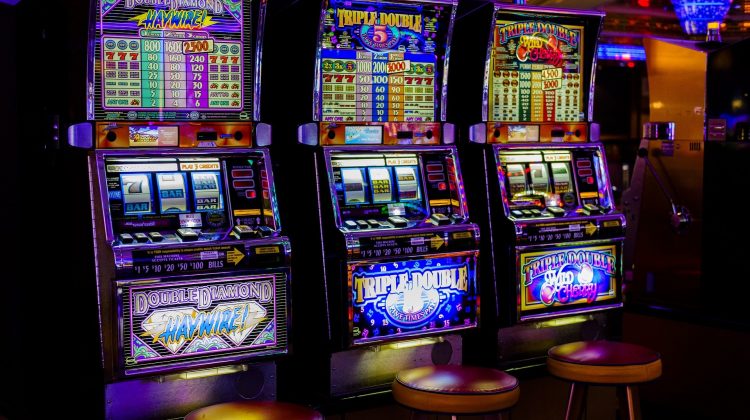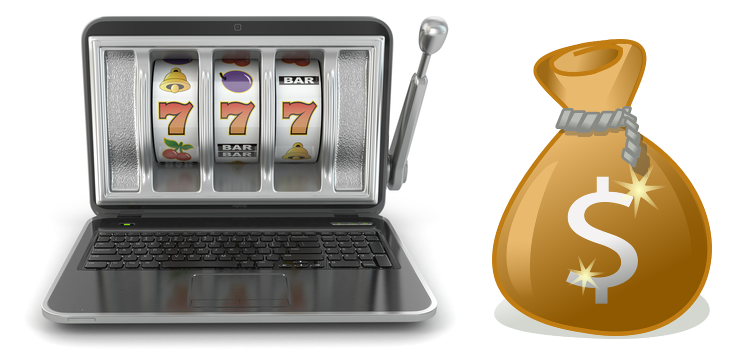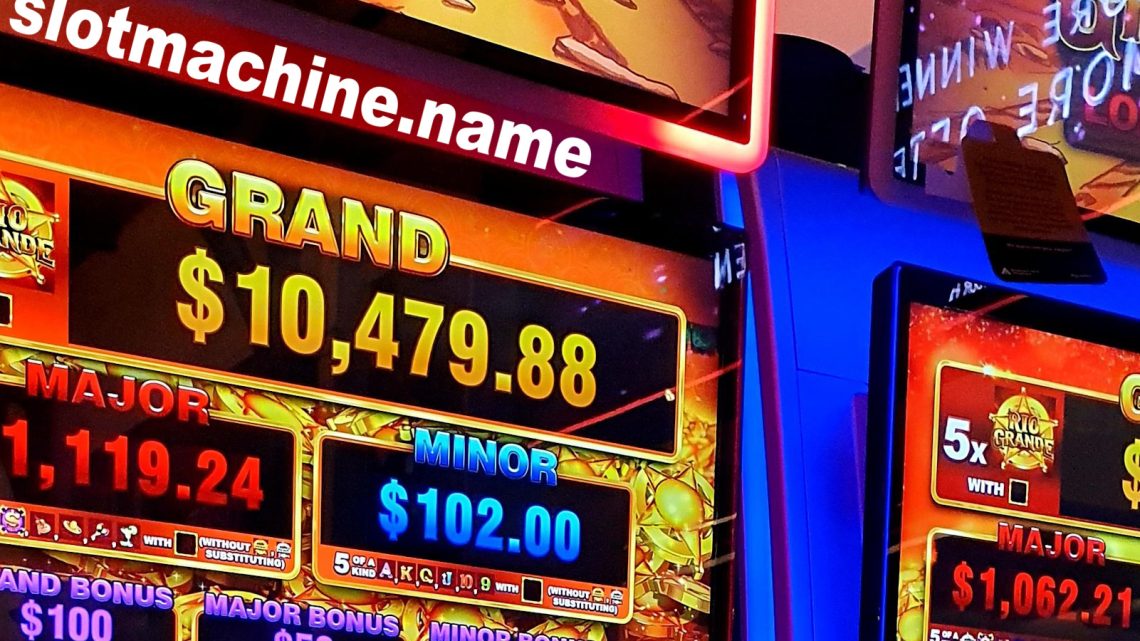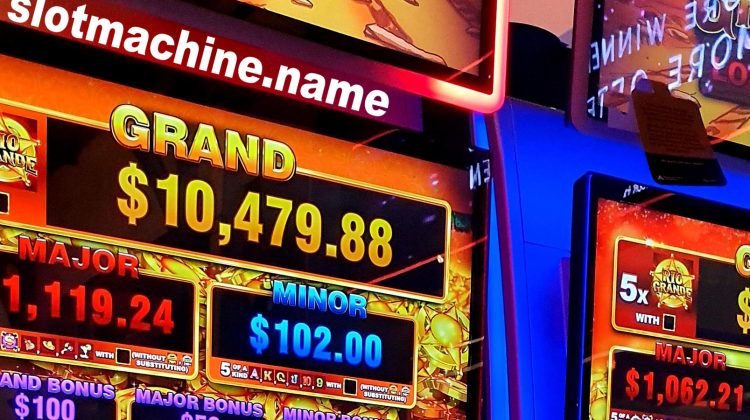AN EASY WAY TO BECOME A GOOD BLACKJACK PLAYER
Learning to play the game of casino Blackjack reasonably
well is not rocket science, regardless of what the dozens of
books on the subject would have you believe.
Playing professionally at the expert level, as is true of
any game, is indeed complex and takes years to perfect. But
anyone can become a good recreational player and have a
fighting chance against the casino simply by learning some
very easy rules.
So, if you’re tired of throwing all your money away on
brain-numbing slot machines, read on!
Blackjack can be as simple or as complex as you want to make
it. Using card counting and advanced techniques, you can
actually have a slight advantage over the house in certain
conditions. That is, if you are willing to spend hundreds of
hours learning and practicing, plus hundreds of hours each
year playing!
Only a few of us have this kind of dedication.
The “beginner strategy” described below is designed for
those of you who have never played Blackjack before or have
played only a few times (and are tired of losing!). It
requires that you learn only four simple rules. You can
memorize these rules in 30 minutes or less.
Well, actually, much less!
You may have heard of the term “Blackjack basic strategy”.
The Blackjack basic strategy is a set of betting and
hit/stand rules to statistically maximize your chances of
winning. While not complex, it will still take some time
and quite a bit of practice to learn and apply consistently.
For beginners, or very occasional players who don’t want to
spend hours practicing the Blackjack basic strategy, here is
a Beginner Strategy that won’t give you a headache trying to
learn.
While this will not give you the same low odds against you
as the true Blackjack Basic Strategy (about.5%), it
produces a low 1.5% or so edge for the casino, still one of
the best odds you’ll find in any casino game.
You won’t lose your shirt and you’ll have a fighting chance
of winning if you encounter a favorable run of cards.
It should only take a few minutes to learn these four simple
Blackjack rules, though you should practice for a couple of
hours to get comfortable with them before actually playing
in a casino game.
FIRST, A SHORT AND EASY LESSON ON THE GAME RULES
If you already know how to play Blackjack, you can skip this
section. Otherwise, it will only take a few minutes to
learn the simple playing rules.
CARD VALUES
Tens and face cards count as 10, Aces count as either 1 or
11 (your choice), and all other cards have a count equal to
their face value.
THE PLAY
All players play against the dealer, not against one
another. Each player makes their bet and the dealer starts
out by dealing two cards to each player and two cards to
himself. The dealer’s second card is dealt face-up for all
players to see. If the dealer has a “Blackjack” (and Ace
and a ten or face card), he will turn it over and
automatically wins all bets, unless a player also has a
Blackjack, in which case it’s a tie.
Then, starting with the player to the dealer’s left, each
player has the choice of standing (not drawing any more
cards) or being dealt additional cards. Play continues with
that player until the player stands or “busts” (gets a card
count that totals more than 21). After all players have
made their decisions (or busted), the dealer draws
additional cards to either reach a total of 17 or higher
(when they must automatically stop), or bust. If the dealer
doesn’t bust, all remaining player’s hands with a higher
card total win, and those with a lower card total lose.
One very critical point to remember is this: you goal is not
to get a card count as close to 21 as possible, but to get
closer to 21 than the dealer, without going over. The goal
is to beat the dealer! Thus, your decisions on whether or
not draw additional cards are based on the value of the
dealer’s up card.
DOUBLING DOWN, SPLITTING PAIRS AND INSURANCE
There are three special bets you can make after the first
two cards are dealt. Doubling down means you can double
your original bet after you receive your first two cards.
You then receive one – and only one – additional card.
Splitting pairs means that when you receive any pair on your
first two cards, you can split them into two separate hands
and play each one independently (of course, you must place
an additional bet equal to your first bet on the second
hand).
Taking insurance means that if the dealer’s up card is an
Ace, you can wager an additional amount equal to half your
original bet as “insurance” in case the dealer has a
blackjack. If the dealer has a blackjack, you lose your
original bet but your insurance bet is paid at 2 to 1, so
you break even.
“HARD HANDS” VERSUS “SOFT HANDS”
In order to understand and apply any Blackjack strategy, you
need to learn the difference between “hard” and “soft”
hands. This is because the strategies for various plays are
different depending on whether you have a soft hand or a
hard hand.
A “soft” hand is one that has an Ace which is counted as 11
(remember: Aces can be counted as either one or 11). For
example, a hand composed of an Ace and a 4 is called a soft
15.
A hand that either contains no Aces or the Ace is counted as
a 1 is called a “hard” hand. For example, a hand composed of
a 6 and a 9 is a hard 15. A hand with an Ace and 4 is
called a soft 15 (11 plus 4), but if you then draw an 8 you
have to count the Ace as 1 instead of 11, giving you a hard
13 (because counting it as 11 would give you a “bust” hand
of 23).
FOUR SIMPLE RULES
Here are four Blackjack basic strategy rules that anyone can
easily remember. Always adhere to them exactly and you will
be playing better then the majority of people who sit down
at a blackjack table.
While these four rules do not represent “perfect” Blackjack
basic strategy, they give you a great deal of the advantage
of a perfect basic strategy and are very simple to memorize.
1.If the dealer’s up card is 7 or higher, continue to draw
cards until you have a hard count of at least 17 or higher,
or a soft count of 18 or higher.
2.If the dealer’s up card is 6 or lower, draw cards until
you have at least 12. Stop when you have 12 or higher.
3.Double down when your first two cards total 10 or 11, IF
the dealer has a 9 or lower.
4.Always split aces and eights. Do not split any other
pairs.
And that’s it! These four simple rules will take you out of
the “sucker” category, keep you out of serious trouble and
ensure that the house edge is around 1.5% or so – some of
the best odds you’ll get in a casino.
Once you’ve mastered this easy system, learn the full
Blackjack Basic Strategy and you’ll whittle that house edge
down to almost zero. Good luck!
By Tom McBroom
Webmaster of http://www.blackjack-for-everyone.com, a site dedicated to the beginning Blackjack player all the way to the serious recreational player. Rules, strategies and the best places to play, both online and offline, are all clearly explained.











No Comment